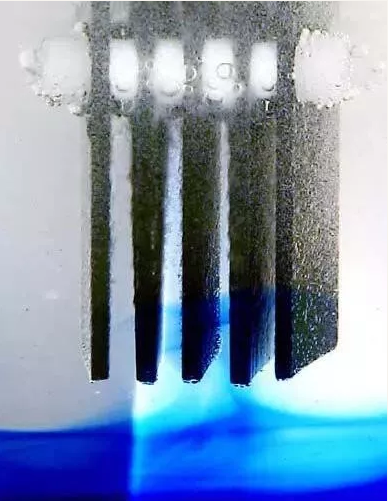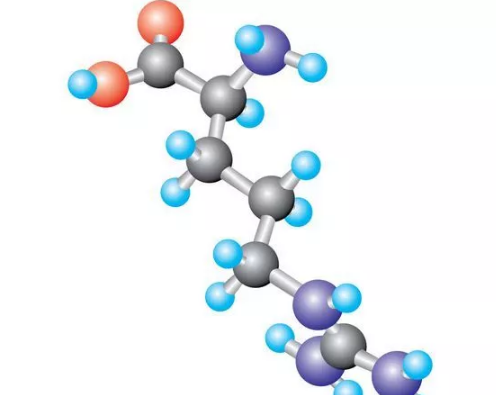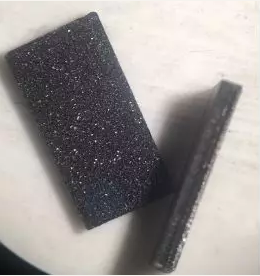Boron-doped diamond film (BDD) is a new type of carbon-based electrode material with good electrical conductivity, wide potential window, low background current, low adsorption, anti-pollution, and high chemical stability (not at any temperature at any temperature). Acid-alkali medium reaction), it is not easy to scale, and the electrochemical response remains stable for a long time. It is an excellent electrochemical electrode material and has broad application prospects.
First, sewage treatment
In terms of electrochemistry, the BDD membrane electrode has a wide potential window in both aqueous and non-aqueous electrolytes. The BDD membrane electrode has high current density, very low background current value and good chemical inertness in the electrochemical reaction. The surface is not easy to passivate, has strong anti-pollution ability and anti-poisoning ability, and shows a long service life in high-strength environment. In electrochemical treatment of organic wastewater, BDD membrane electrode has the best oxidation capacity, the strongest corrosion resistance and anti-pollution ability, the widest potential window and the highest by comparing different electrodes such as graphite electrode, noble metal electrode and metal electrode. Current density.

Second, the detection of trace organic compounds
The surface inertization of the BDD membrane electrode and the wide chemical potential window make it a high-quality electrode material for determining the composition of organic compounds by simple current measurement. The diamond electrode exhibits high sensitivity and repeatability in the detection of trace compound components. Sex. Using flow injection electrolysis analysis technology, the detection of trace components was successfully achieved by the current measurement of high boron doped diamond membrane electrode in aqueous medium. The diamond electrode also detects DNA and detects heavy metal ions, azides, etc. in the ppb range.

Third, current type biosensor
As a base material for current-type biosensors, surface flatness and uniformity, controllability of surface properties, thermal and chemical stability, ability to immobilize biomolecules, excellent electrochemical properties, and biocompatibility are required. The BDD membrane electrode has superior performance to other conventional electrodes and meets the above conditions, and is expected to be an ideal base material for a new generation of current-type biosensors.

As an electrode material, BDD is changed from an insulator to a semiconductor, and is activated at a higher anode potential to remove the contamination of the electrode surface. It is not necessary to perform polishing and polishing to achieve regeneration of the electrode activity, and the electrode surface can be effectively overcome. Degradation caused by degradation of intermediate products, long service life. The potential window of the BDD membrane electrode in an aqueous medium or a non-aqueous medium is as high as 3 V or higher, which is higher than the reaction potential of almost all organic substances. In addition, the BDD membrane electrode has a low and stable background current, which is one order of magnitude lower than the just-polished glassy carbon electrode, so the voltage required to produce the same redox current is small, and the low energy consumption makes it the best. Three generations of BDD electrodes.
ZHONGSHAN DIKA LIGHTING CO.,LTD , https://www.dikalighting.com